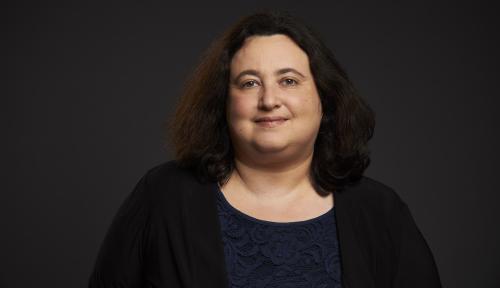Reconciling the annual filing with information shared on earnings calls gives investors more clarity on the company’s strategic goals
General Electric has begun to revolutionize its 10-K filing much like it has overhauled its proxy statements over the last few years. The changes aren’t limited to translating long blocks of text into visually engaging graphics and charts. The company is aiming to better reconcile the information that the CEO shares during earnings calls with what’s presented in the File 10-K.
The traditional 10-K is mostly backward-looking, which doesn’t well serve investors, who are forward-looking, says Christoph Pereira, GE’s chief corporate, securities & finance counsel.
‘We have an analyst meeting in December where our CEO talks about the strategy for the company and what our plan is for the next year and the next three years. All of that information is very forward-looking. We’ve incorporated a lot of that in our 10-K,’ says Pereira. ‘Traditionally, people wouldn’t want to do that because they say it’s an SEC-filed document and there’s a lot more liability.’
But Pereira doesn’t believe the difference in liability between what’s said on investor calls versus the 10-K is that dramatic. There are concerns about every projection that may not ultimately materialize, but he believes those are mitigated to a large extent by the inclusion of cautionary language around them. ‘To some degree, it’s upon the lawyers to make sure that you’re realistic about what the risks are. Not anything that results in a multi-billion dollar lawsuit. You’ve got to be somewhat realistic about what’s a big risk versus a small risk, [which requires that you] go a little bit through the exercise.’
GE’s team, comprising members of the IR, PR, marketing, accounting and legal departments, began to rethink the 10-K almost a year ago. The question they had along the way was how radical they should be. The most dramatic change, says Pereira, is in the summary in the front part, which has been re-designed to provide a more strategic introduction to the 10-K. ‘If you just picked up last year’s 10-K and read it for the first time, I’m not sure how well you’d understand what we’re trying to do as a company.’
For example, in last year’s 10-K, GE’s profit walk-through was described strictly through narrative, while this year it’s a table with more information. ‘This year we include the mix between our services and products - because mix is a driver of profitability,’ he says.
An introduction/summary page on the company’s pension costs is another example of how much more information the new format can accommodate. It clearly lays out in visual form the drivers of pension costs accompanied by a small graph that dramatically shows growth in pre-tax pension and healthcare expenses from 2000 through 2014. The bottom section summarizes in bullet points actions GE has taken to address rising pension and healthcare costs, including key efforts stretching back to 2005 and annual actions. A bar chart beside this summary graphically projects liability reductions and benefit obligations of GE’s US retirement plans out to 2024.
Investors and analysts seem to like the new version. Pereira describes interest in last year’s 10-K as anemic and says that this year there were thousands of people accessing the website once it was filed. Sell-side analysts have made some positive remarks, saying the new 10-K has more clarity and is easier to get through, while the buy-side feedback tends to be more technical.
Despite GE’s revamped 10-K being released at a time when the US economy overall is widely acknowledged to be fairly strong, the shift to a more forward-looking document isn’t related to that, says Pereira.
‘If you think about GE’s business, it’s probably the opposite right now. A large portion of our businesses are energy businesses and with [oil] prices being down, there are some questions around how those segments will be impacted,’ he says. The 10-K summary includes a section on value from a multi-business company that discusses the current downturn in oil prices and GE’s belief that its diverse portfolio of businesses is positioned to mitigate the impact, he explains.








